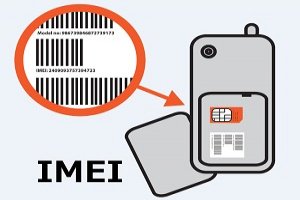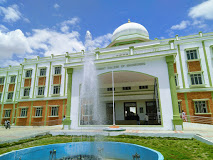
People will soon be able to track your stolen mobile phone as the government is all set to roll out a database of IMEIs, the 15-digit numbers that uniquely identify each mobile device.
With conmen gaining expertise in tampering with IMEI codes, purportedly through imported applications and IMEI crackers, the Telecom Ministry is all set to implement Central Equipment Identity Register (CEIR) which will comprise the database of IMEIs.
After the rollout of CEIR, telecom consumers, who have lost their phones, would be able to inform the Department of Telecom (DoT) through a helpline number after filing a police report. Following this, the DoT will blacklist that particular IMEI number of the lost or stolen device by blocking that mobile device from accessing any cellular network in the future. Apart from this, CEIR will focus on facilitating ‘IMEI-based lawful interception’, says a report in the Indian Express.
According to TRAI data, India had 1.16 billion wireless subscribers as of March 2019. DoT had declared its plan to implement this project in July 2017 and a pilot was conducted in Maharashtra, reported the Indian Express.
The concept of a central identity register was backed by the GSM Association (GSMA), an organisation representing mobile operators, equipment manufacturers, software and internet companies, among other stakeholders in the telecom sector.
What is IMEI number?
Every mobile phone comes with an IMEI number. Known as International Mobile Equipment Identity (IMEI) number, IMEI number is used to identify a device. If a phone is stolen, you can call your network provider and ask them to blacklist the device with the IMEI number. This process will make the device unusable for the thief (if stolen) even if the SIM is changed on the phone.
IMEI is an all-inclusive piece of code that has a lot of information including the country of manufacturing, manufacturer, and model number. It is important that we should never share our phone’s IMEI number publicly.
The plan to organise the registry of mobile identification numbers first originated in the National Telecom Policy-2012. A pilot for the project was developed and conducted by state-owned BSNL’s IT Project Service unit in Pune. The government has allocated Rs 15 crore to the DoT for the CEIR project in the Interim Budget for 2019-20. In accordance with international practices, DoT’s identity register (CEIR) will be a database of IMEI numbers consisting of three lists – white, grey and black. Mobile devices with IMEI numbers in the white list will be allowed for use, while those in the blacklist will include the reported stolen or lost ones and will not be allowed to access any network. Devices with IMEI numbers in the grey list will include devices that do not follow standards but will be acceptable to connect under direction.





